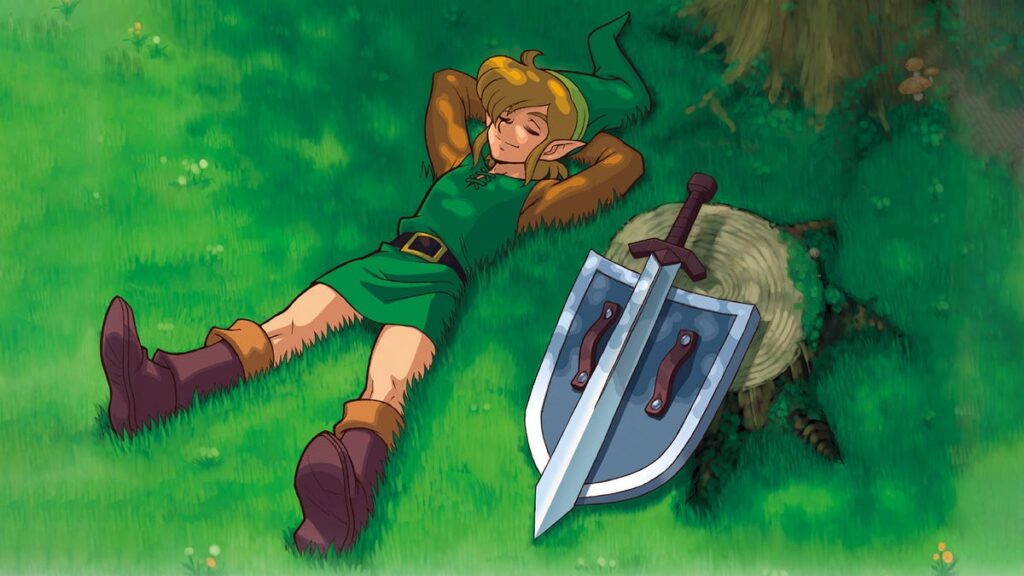This content discusses the importance of visual aesthetics in game design. It explains that visual aesthetics refer to the overall beauty and appeal of a game, including character design, environments, color schemes, and graphical effects. Visual aesthetics serve several purposes in game design, such as immersing players in the game world, enhancing storytelling, aiding gameplay clarity, and increasing player engagement and retention. The content also discusses techniques for implementing visual aesthetics, including character and environment design, color theory, animation and visual effects, and user interface design. It concludes by emphasizing the importance of prioritizing visual aesthetics in game design to create impactful and memorable experiences for players.
Mastering the Art of Game Design: An Inside Look at Visual Aesthetics
Introduction
Game design is an intricate process that involves various elements, including gameplay mechanics, storytelling, and visual aesthetics. In this article, we will explore how visual aesthetics play a crucial role in creating immersive gaming experiences. We will dive deep into the world of game design and provide an inside look at how visual aesthetics are implemented to craft unforgettable gaming experiences.
Understanding Visual Aesthetics
Visual aesthetics refer to the overall visual appeal and beauty of a game. It includes the design of characters, environments, animations, color schemes, and graphical effects. Visual aesthetics are essential as they create a captivating and engaging world for players to explore. By understanding the principles of visual aesthetics, game designers can effectively communicate emotions, set the mood, and create a cohesive and visually stunning game.
The Role of Visual Aesthetics in Game Design
Visual aesthetics serve several crucial purposes in game design:
- Immersion: Well-designed visuals help immerse players in the game world, allowing them to forget reality and completely engage with the game.
- Storytelling: Visual aesthetics are a powerful storytelling tool. They can communicate the game’s narrative, evoke emotions, and deepen the player’s connection to the characters and the game’s universe.
- Gameplay Clarity: Clear and distinct visuals aid players in understanding the game mechanics, identifying objects, and making informed decisions.
- Engagement and Retention: Eye-catching visuals can attract players and keep them engaged over extended periods. The visual appeal of a game often contributes to its replay value.
Implementing Visual Aesthetics in Game Design
To create visually appealing games, designers employ various techniques and considerations:
Character Design
Well-designed characters are essential in any game. They should be visually appealing, distinctive, and able to evoke emotions from the player. Character design involves conceptualizing the character’s appearance, personality, and role in the game. Attention to details such as facial expressions, body language, and animations can significantly enhance the player’s connection with the character.
Environment Design
The environments in a game should be visually appealing, immersive, and consistent with the game’s theme. Consideration of factors such as lighting, color schemes, details, and atmospheric effects can create different moods and enhance the overall experience. The environment design should be coherent, allowing players to navigate and explore the game world seamlessly.
Color Theory
Understanding color theory is crucial for creating visually pleasing games. Different colors can evoke specific emotions and moods. Designers carefully choose color palettes that align with the game’s atmosphere, narrative, and gameplay. Harmonious color combinations can create a sense of balance, while contrasting colors can highlight important game elements. Additionally, color-blind accessibility should be considered to ensure inclusivity.
Animation and Visual Effects
Smooth animations bring characters and objects to life, making the game feel more realistic and engaging. Visual effects, such as particle systems, explosions, and weather effects, can add depth and excitement to gameplay. Careful implementation of animations and visual effects can enhance the overall aesthetic appeal and maintain consistent visual coherence.
User Interface Design
The user interface (UI) should be intuitive, visually pleasing, and easy to navigate. Attention should be given to font selection, button design, menu layouts, and overall visual hierarchy. UI elements should not only be functional but also blend seamlessly with the game’s overall visual style.
Conclusion
Mastering the art of game design requires a deep understanding of visual aesthetics and their impact on players’ experiences. The effective implementation of visual aesthetics can elevate a game’s appeal, captivate players, and enhance its overall success. By prioritizing and investing in visual aesthetics, game designers can create interactive worlds that leave a lasting impression on players.
